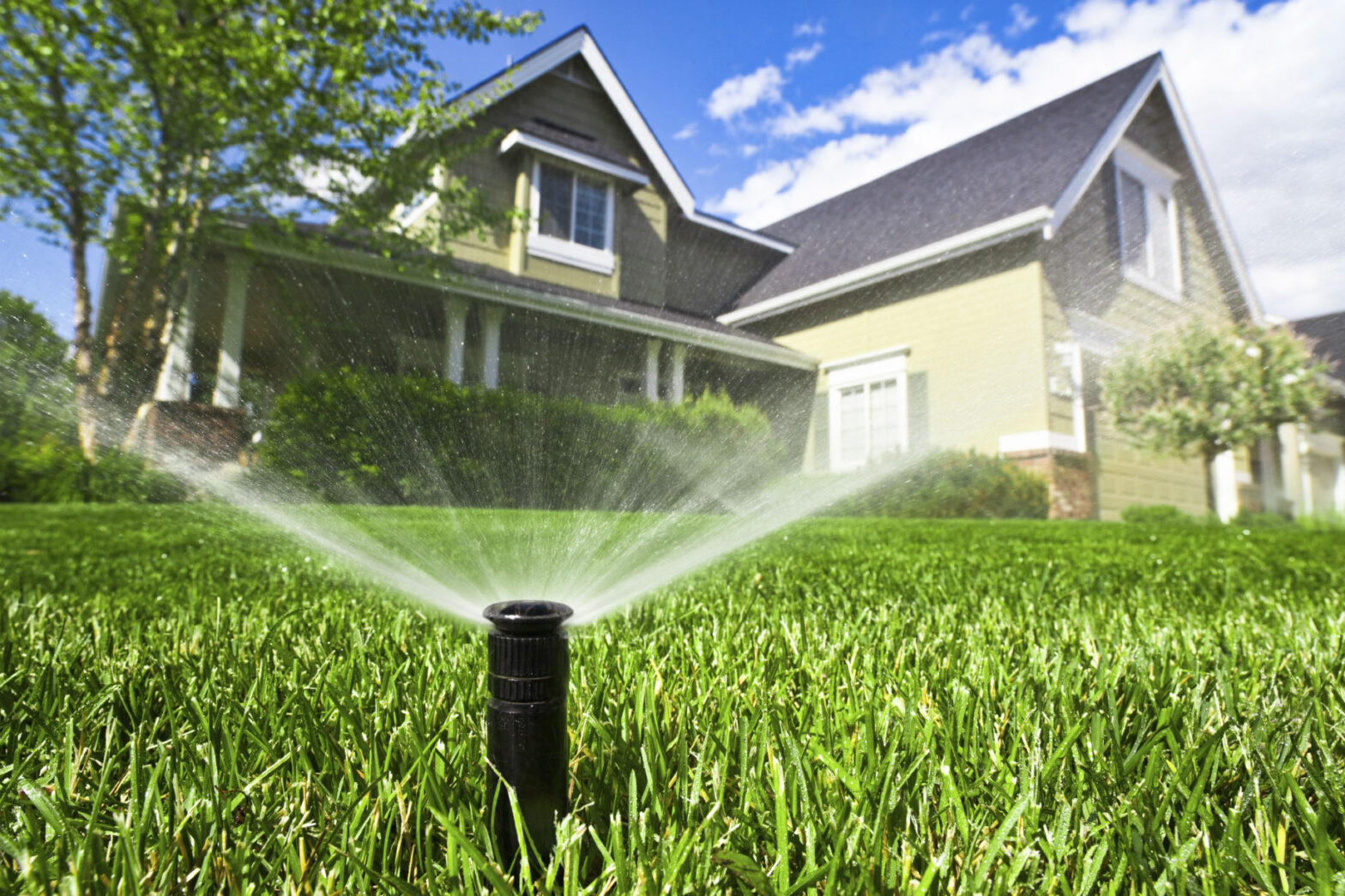How to Water Your Lawn Properly

A well-manicured lawn not only adds to the aesthetic appeal of your home but also provides a serene space for relaxation and recreation. However, achieving that lush green carpet requires more than just mowing and occasional care. One crucial aspect of lawn maintenance often overlooked is proper watering. In this comprehensive guide, we’ll delve into the dos and don’ts of watering your lawn to ensure optimal growth and vitality.
Understanding Your Lawn’s Needs
Before diving into a watering regimen, it’s essential to understand your lawn’s specific requirements. Factors such as grass type, soil composition, climate, and sun exposure all play a significant role in determining how much and how often you should water your lawn.
Establishing a Schedule
Consistency is key when it comes to watering your lawn. It’s best to establish a regular watering schedule rather than sporadically watering whenever you remember. Early morning is the ideal time water your lawn as it allows for maximum absorption without the risk of evaporation.
Avoid Overwatering
While it might be tempting to drown your lawn in water, overwatering can do more harm than good. Excess water can lead to waterlogged soil, suffocating the grass roots and promoting fungal growth. A general rule of thumb is to provide your lawn with about 1 to 1.5 inches of water per week, including rainfall.
Deep Watering vs. Shallow Watering
Instead of frequent shallow watering, opt for deep, infrequent watering sessions. Deep watering encourages the development of deep root systems, making your lawn more resilient to drought conditions. Aim to water your lawn long enough to penetrate the soil to a depth of 6 to 8 inches.
Utilize Proper Irrigation Techniques
Invest in a quality irrigation system or sprinkler to ensure even water distribution across your lawn. Pay attention to areas that may receive less water due to obstacles or uneven terrain, and adjust accordingly.
Monitor Soil Moisture
Get to know your soil by regularly monitoring its moisture levels. You can do this by simply inserting a screwdriver or soil moisture meter into the ground. If it penetrates easily, your soil is adequately moist. If not, it’s time to water.
Consider Rainfall and Seasonal Variations
Adjust your watering schedule based on natural rainfall and seasonal variations. During periods of heavy rainfall, you may need to reduce your watering frequency to avoid over saturation. Conversely, in hot dry weather, you may need to increase watering to prevent drought stress.
Mulching
Applying a layer of organic mulch, such as grass clippings or compost, can help retain soil moisture and reduce water evaporation. Mulching also adds nutrients to the soil as it decomposes, promoting healthier grass growth.
Regular Maintenance
Last but arguably most important is regular maintenance of your lawn. Regular maintenance could include aeration, dethatching, and fertilization, improving water absorption and overall lawn health, reducing the need for excessive water. Regular lawn maintenance by Paramount Landscaping experts can save you your hard earned money!
Proper watering is a fundamental aspect of lawn care that directly impacts its health and appearance. By understanding your lawn’s needs, establishing a consistent watering schedule, and implementing proper irrigation techniques, you can ensure your lawn remains lush, green, and thriving throughout the year.


